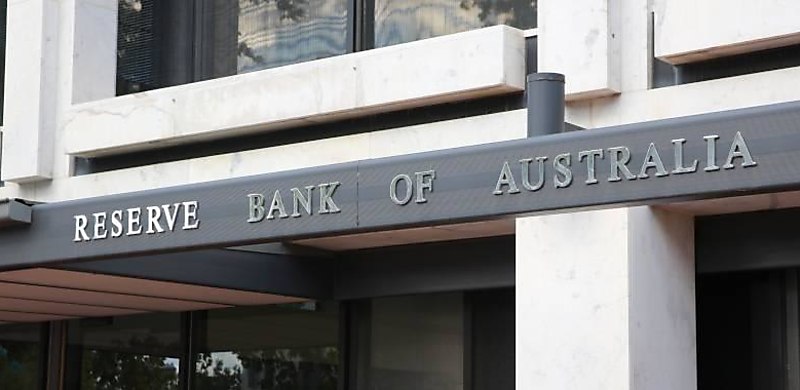
With the latest inflation data showing a surprising result, brokers have weighed in on how this will affect the RBA’s decision making.
The Australian Bureau of Statistics (ABS) has revealed the Consumer Price Index (CPI) rose 1.0 per cent in the March quarter of 2024 and 3.6 per cent annually.
Although this was higher than the 0.6 per cent rise in the December quarter of 2023, annual inflation has dropped from 4.1 per cent, continuing to ease from the 7.8 per cent peak in December 2022.
The March quarter CPI dataset has marked the fifth consecutive quarter of lower annual inflation since the December 2022 peak.
Speaking to The Adviser, principal at Mortgage Choice Manuka, ACT, Matthew Hayes, said while the next movement in the cash rate is “likely down”, the Reserve Bank of Australia (RBA) is “not in any great hurry” to cut rates.
“Insights from Australia’s inflation rate was slow in the March quarter,” Hayes said.
“In the last meeting Board members discussed the issue that has been a common problem with inflation and how to prevent it without drastically cutting rates.
“Their stand is a tribute to cautiousness, neither ruling out further rate changes nor confirming them, only resolute about reigning in inflation.”
Principal and mortgage & finance specialist at Truly Finance, James Brett, held a similar sentiment, stating that the RBA will hold the cash rate at the upcoming May meeting.
“This is because the soft landing is appearing softer than originally expected, and it’s taking longer to get in the currently accepted range. Inflation remains well above the 2–3 per cent target range, and higher than forecast expectations for 1Q,” Brett said.
Flint Group chief executive Christian Stevens also believes that the signs of easing will encourage the RBA to hold the cash rate at 4.35 per cent.
How long until we see the 2–3 per cent target and rate cuts?
Stevens added that should inflation continue to ease at the current rate, the RBA’s target of 2–3 per cent “could be realistic by early next year”.
“I would be surprised if we had any rate cuts this year, we would see cuts from early 2025 – assuming inflation targets are met and economic conditions remain supportive,” he said.
Hayes stated that “inflation is defying expectations”.
“While the board’s primary goal is curbing inflation, they’re also mindful of sustaining economic growth and low unemployment, a delicate balancing act,” Hayes added.
“Therefore, the minutes underscored the ongoing priority of taming inflation, tempered by the imperative of safeguarding labour market gains.
To continue reading the rest of this article, please log in.
Looking for more benefits? Become a Premium Member.
Create free account to get unlimited news articles and more!
Looking for more benefits? Become a Premium Member.
“In my opinion, inflation will not hit the Reserve Bank’s target band until late 2025 but we will see a rate decrease before then.”
Hayes continued that the latest figures “don’t bode well for a rate cut this year”. While the RBA appears “keen” to cut rates, they may be wary of moving too early.
“With that in mind, they will be looking very closely at future data. If inflation inches downward, and unemployment inches up, this would enhance the case for rate cuts,” he said.
“However, the hard stance that the rate cut would find is if the inflation and unemployment go in opposite directions or even remain stuck where they are.”
Brett added: “We do not believe further rate hikes are likely in the near term (although they remain possible), and believe the first-rate cut will come by the end of 2024.”
What does this mean for borrowers/potential buyers going forward?
Brett told The Adviser that his team is currently talking to borrowers about their maximum borrowing power, with many “reducing their size expectations now, considering increased size options five to 10 years from now”.
He added that there should be regulator consideration in regard to relaxing the serviceability buffer and more lenders “acting fast” on the introduction of tax threshold changes that will “counteract some household cost increases in the coming months”.
“All of the worthy borrowers we support are absolutely committed, willing and able to repay their loans at very reasonable current levels, unlike some of the riskier or higher DTI lending in the market only a couple of years ago. There are many mortgage prisoners due to this,” Brett said.
“Like many brokers, we have experienced upturns and downturns, and we want to educate borrowers that we have to be prepared that both will happen – multiple times – during their borrowing life cycles.”
[RELATED: Next RBA move may be an increase: Brokerage CEO]
 Login
Login










JOIN THE DISCUSSION